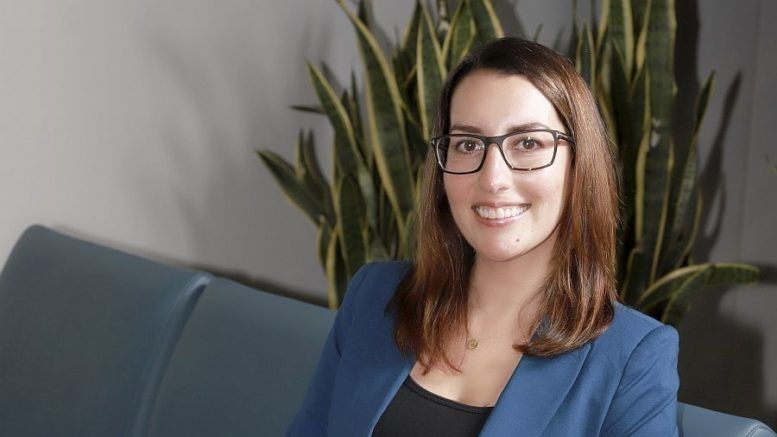
The US Food and Drug Administration (FDA) has just approved the second drug in the past two years that’s currently on the market for slowing the progression and impact of Alzheimer’s Disease.
With each of these breakthroughs has come new energy and excitement around Alzheimer’s research, resulting in a pipeline of nearly 200 clinical trials dedicated to testing new approaches. Each of these trials has an average of 150 candidates.
Which begs the question: Where are all the patients coming from? And how do we find more to fuel continued innovation in this space?
Here's a quick look at some of the recruiting challenges pharmaceutical companies face, how they can find new patients, and a tip for getting them to stay for the long haul.
Alzheimer's studies come with challenges
Alzheimer's is a notoriously difficult space to recruit for, and it's only getting tougher as more drugmakers seek participants. Fortunately, patients and their families are motivated to get involved.
But willingness is only half the battle. The strict and stringent requirements of Alzheimer's trials mean that not every person who wants to participate can. For instance, a patient with mild Alzheimer’s might seem ideal at first, only to be disqualified based on their age or the existence of another health condition.
And, participants enrolled in Alzheimer’s trials may require a partner throughout the trial, either a full-time caregiver for those living with progressed Alzheimer’s or just a secondary person to attend visits for those with early memory loss. Because of this, enrolling a patient into a trial often comes with the added challenge of making sure that factors like location, scheduling and transportation work for participants’ partners, too.
Finding new participant sources
With numerous clinical trials being conducted simultaneously, pharmaceutical companies are often dipping into limited patient pools from sites to find participants, but this doesn't need to be the case.
It's important to remember that only a small fraction of possible participants have already been identified or raised their hand to be contacted for trials.
In the US alone, there are over 6.5 million people who have Alzheimer's disease–and there are millions more across the globe. Many of these people may qualify for trials but don’t know how to get involved or what trials are available.
To reach these populations, social media and digital advertising can help reach people where they spend most of their time, even for older adults. Identifying partnerships with non-profit and advocacy organisations is another way to reach potential participants since these organisations can provide members with information about the latest available trials and how they can participate.
This means going beyond simply targeting ads at populations within 10 miles of the trial site who meet the trial age criteria, which to be fair, isn’t a bad place to start.
Retention often relies on the human touch
While new technologies are increasingly being deployed to identify and screen potential participants, keeping participants engaged and informed throughout trials calls for a human touch.
The degenerative nature of Alzheimer’s can result in frustration or confusion, especially as patients engage with a new trial site and physician they aren’t familiar with. At Clinical Trial Media, we’re addressing this issue with the hiring of 50 on-staff nurses who work hand in hand with patients to explain trial requirements, set expectations and work with them every step of the study to keep them on track.
Navigating the nuances of Alzheimer’s trials often comes down to using what you know about the potential challenges and pitfalls to create workarounds. Everyone’s going to one pool of patients to identify participants? Find or create other sources of candidates. Patients dropping out mid-trial because they can’t keep up with the logistics? Create additional touchpoints to offer support or answer questions beyond what the trial site offers. Through a mix of technology, personalised care and critical thinking, we can continue bringing even more Alzheimer’s treatments to market.
Cara Brant, CEO, Clinical Trial Media




